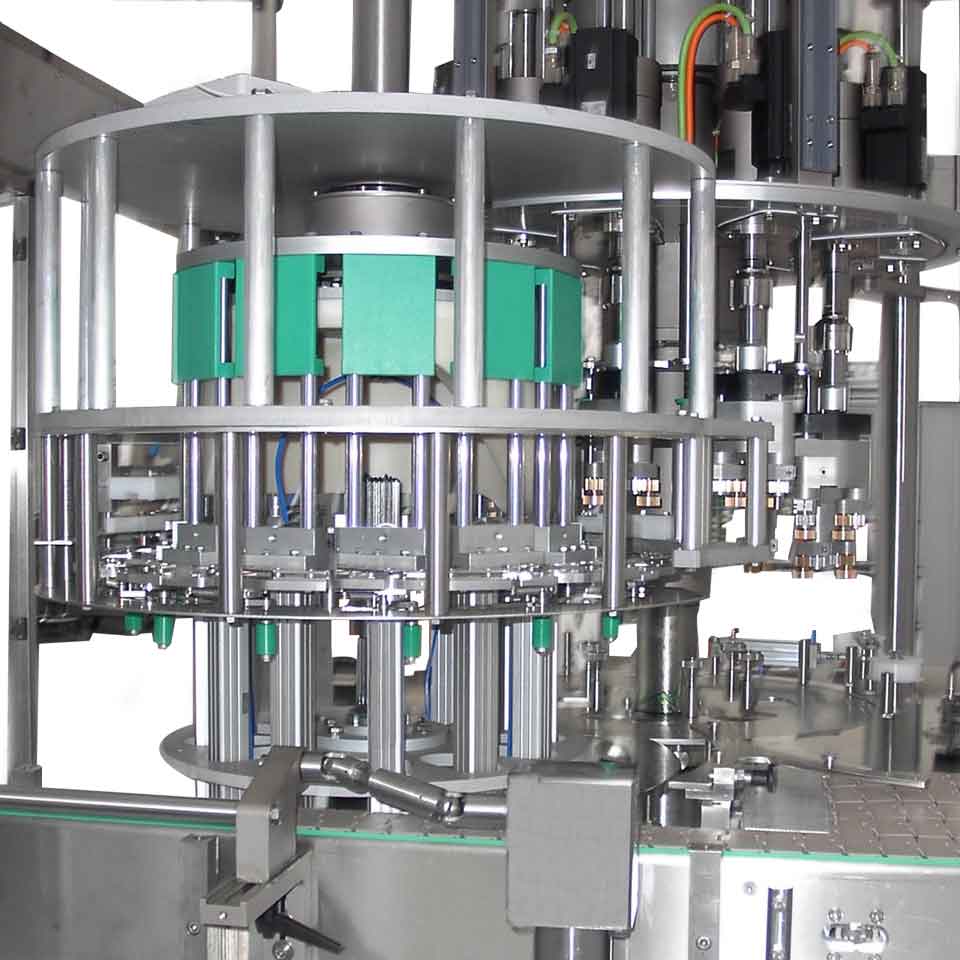Blood vessels are an essential part of our blood circulation system, in charge of bring deoxygenated blood back to the heart. While veins might commonly appear blue through the skin, the blood consisted of within them is not in fact blue. Comprehending why veins show up blue calls for a closer check out the physiology of our circulatory system as well as the residential properties of light.
Let’s explore the scientific research and also discover the factors behind heaven appearance of capillaries.
The Role of Oxygen
In order to understand why capillaries show up blue, it is critical to comprehend the role of oxygen in the blood. When blood leaves the heart and also takes a trip through arteries, it is abundant in oxygen and appears intense red. The oxygen in the blood binds to hemoglobin, a protein in red blood cells that provides it its particular red color.
As the blood provides oxygen to the body’s tissues, it loses a few of its oxygen material. The deoxygenated blood then goes back to the heart with the capillaries. Without its oxygen supply, the blood becomes darker in shade, ranging from deep red to maroon.
So, if the blood in our capillaries is not blue, why do they show up in this way?
The Function of Light
The phenomenon of blood vessels appearing blue is mainly because of the way light connects with our skin and the capillary below. Light can be damaged down right into different shades, each with a different wavelength. When light enters our skin, it gets taken in, spread, as well as reflected by numerous substances, consisting of blood vessels.
The shade of a things that we regard is determined by the wavelengths of light that are soaked up as well as shown by its surface area. When light encounters our skin, it passes through to various midsts depending upon its wavelength. Much shorter wavelengths, such as blue and violet, are spread more easily than longer wavelengths like red as well as yellow.
Consequently, when light go through our skin, the blue and violet wavelengths go through scattering and obtain redirected in different instructions. A part of this scattered blue light reaches our eyes, making the veins near the surface area of our skin appear blue.
It is very important to note that this spreading phenomenon happens mainly with veins that are close to the skin’s surface. Deeper capillaries, which are not affected by the very same spreading of light, may appear more red and even colorless.
- Spreading of blue light by the skin makes blood vessels show up blue.
- Deeper veins might show up red or colorless due to their place.
Elements Affecting Capillary Shade Understanding
While the scattering of blue light is the main reason why blood vessels show up blue, several elements can affect the perception of vein color:
- Skin Pigmentation: Individuals with darker complexion may view blood vessels as even more green or even black. This is attributed to the higher concentration of melanin, the pigment in charge of skin shade, which soaks up more light.
- Skin Thickness: Thicker skin may soak up a lot more light, making veins appear less blue and also extra red.
- Lights Issues: The intensity as well as color temperature level of the source of light can influence the viewed shade of capillaries. Under certain lights conditions, veins might appear darker or lighter.
- Vein Depth: Veins that lie much deeper within the body, such as those in the abdomen or upper body, may show up less blue because of the reduced spreading of light.
The Shade of Blood Vessels: A Visual Impression
Despite the usual understanding of capillaries as blue, it is important to keep in mind that they do not actually contain blue blood. The color of blood is affected by its oxygenation degree, varying from bright red to dark maroon. The blue appearance of capillaries is an aesthetic impression triggered by the spreading of blue light as it interacts with our skin and the capillary.
Next time you notice your capillaries appearing blue, keep in mind that it is the result of the interesting interaction in between light and our physiology. Our circulatory system works relentlessly to transport oxygenated and also deoxygenated blood throughout our bodies, making certain the correct functioning of every single body organ.












 Tổng lượt truy cập : 142701
Tổng lượt truy cập : 142701 Đang truy cập : 9
Đang truy cập : 9






